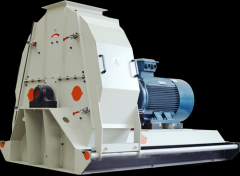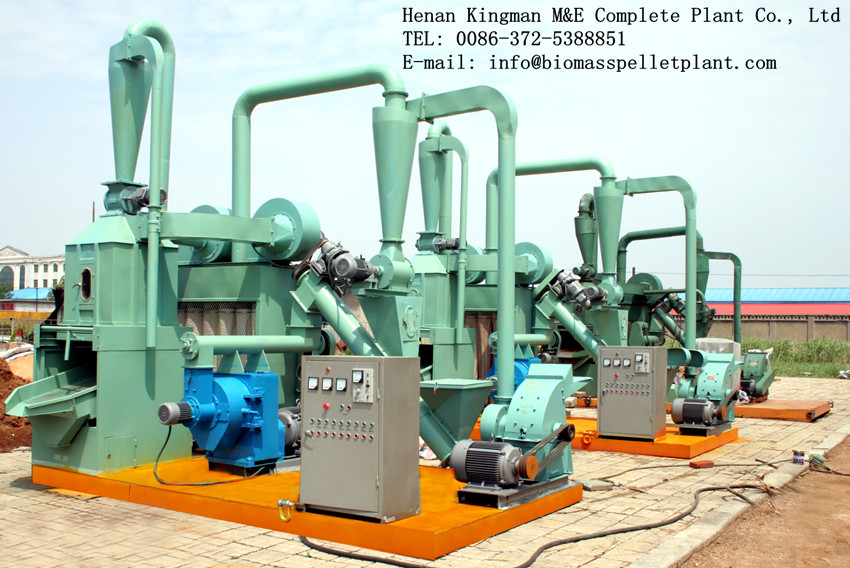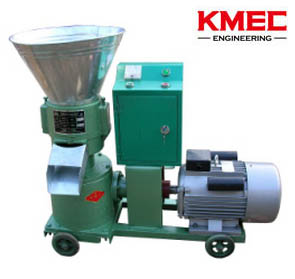Danmark Biomass Pellet Fuel Market
1. The market drives and hurdles across Danmark
Denmark, as one of the earliest countries to use biomass pellet fuel, started the use around late 80's as a replacement ofcoal in the heating sector.From 1993 on, the annual pellet use within district heating plants hit about 110,000 tons. An increased consumptionin both power plants, public buildings and the residential sector could be seen since 1998.Since 2003 a new CHP plant co-firing with pellets (Avedøre II) started operation and increased significantly the Danish pellet consumption. The main market drivers are tax exemptions on pellets and that the utilities are forced by Government decree to use biomass in large amounts. The barriers are that the supply chain for pellets demanded large investments, overseas ship transport,new storage facilities under roof and modifications for in house transport systems, milling systems and burners.
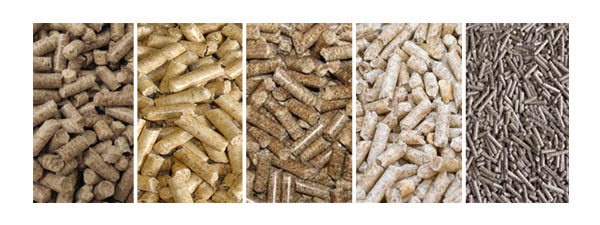
READ: THE GLOBAL PELLET MARKET ANALYSES

READ: THE GLOBAL PELLET MARKET ANALYSES
2. Production capacity
The Danish production of wood pellets reached 137,000 tons in 2010, and there has been a decreasing domestic production since 2005 where it was close to 200,000 tons. This is mainly due to the lack of raw materials. There are 6 pellet plants in Denmark, but only 4 of them were active in 2010. The overall pellet production capacity was 400,000 tons, which represented less than 25% of the 2010 pellet demand in Denmark. Therefore import played an important role in the country's pellet supply.
3. Consumption
3. Consumption
Since 2000 the consumption of wood pellets had increased significantly for both large power plants and private consumers reaching 917,000 tons in 2005 and 1,719,000 tons in 2010 respectively. The power plants (usingnegligible amount of pellets before year 2003) had increased to nearly 900,000 tons in 2010, the firstyear to overtake the private consumers, which made up the largest market segment in 2009 with471,000 tons. The steep increase in consumption by power plants was due almost exclusively to theestablishment of Avedøre Unit 2, which consumed large amounts wood pellets (250,000 tonnes peryear). Since 2003 private consumption had increased by 190,000 tons. A slight increase of 12,000 tons inindustry since 2003 had taken place with a consumption of 54,000 tons in 2010. The new multi-fuelboiler (Amagerværket Unit 1) with the mixture of coal, oil, wood and straw pellets had been taken incommercial operation. The projected yearly consumption of wood pellets was 40,000 tons and 110,000tons of straw pellets.
READ: PELLET FUEL MARKET IN SWEDEN
READ: PELLET FUEL MARKET IN SWEDEN
4. Trade and logistic aspects
Since 2003, the amount of wood pellets imported had increased from 385,000 tons to 1,581,000 tons in2010; an overall increase of 310 per cent. This was due to the use of pellets in power plants with anincrease in the period 2003-2010 of 779,000 tons, among others Avedøre Unit 2, and private consumerswith an increase of 294,000 tons in the same period. The main suppliers for the Danish market were theBaltic States, Poland, Sweden, Canada and Finland. According to Eurostat, in 2010 a significant volumeof pellets was imported from Portugal. In the same year, around 100.000 tons of pellets were alsoexported to Germany and Sweden.
The biomass pellets were imported by ships to several Danish harbors and to the harbors of the powerplants themselves. Ship size varies from small Baltic coasters to large Bulk carriers from Canada. Ice inthe harbors in December-February could cause troubles to smaller ships. The harbors had all unloadingfacilities as crane or vacuum transport systems and roofed storage for the pellets. If not used at powerplant, the wood pellets would be transported by truck to the end user (district heating plant) or to anintermediate storage facility for distribution to private consumers. The delivery to private consumerstook place in bags (15-25 kg), big bags (1000 kg) and truck with blower equipment. A few tons wereimported from Poland by truck.
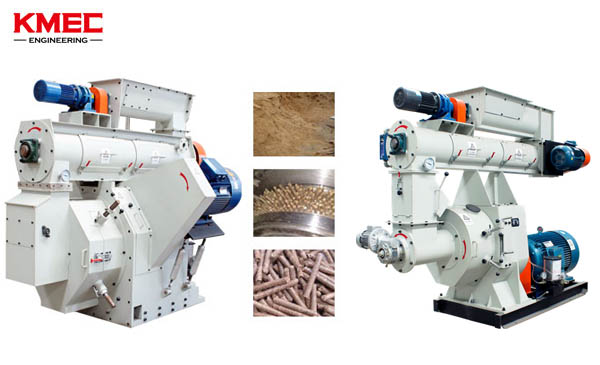
READ:PELLET MARKET IN GERMANY

READ:PELLET MARKET IN GERMANY
5. Pellets quality and standard
A national standard for wood pellets is not available yet, although it is demanded by consumers andsuppliers. The only legislation in thisarea is the Biomass regulation (BEK nr 638 af 03/07/1997),requiring that wood pellets must be produced from clean wood without any kind of contamination. Amaximum of 1% residues of glue (e.g. from fibre boards) is allowed, but there are no rules or demandsfor e.g. moisture or ash content which are important for the combustion characteristics. Labelingaccording to CEN/TS 14961: Fuel Specifications and Classes has not really been used in Denmark untilnow. Some producers and importers use their own labeling.
Although private consumers are the largest end users calculated in tons, pellet quality has not been soimportant. In general private consumers go for the best quality, when they once have tried a low pelletquality. As a substitute to the lacking national standard three quality labels from respectively FORCETechnology, Teknologisk Institut and the Danish environment label "Svanemærket" (the Swan Mark)have entered the market and offer quality certifications for pellet manufactures and suppliers.
READ:PELLET FUEL MARKET IN ASIA
READ:PELLET FUEL MARKET IN ASIA
6. Price trends
Price on wood pellets has been quite stable in the last years for district heating plants and for privateconsumers. The price for truck delivery to private consumers in a quantity of 5-6 tons is 214 Euro/tonsexcl. VAT, which in Denmark is 25%. For district heating plants the price is lower due to purchase oflarge amounts and due to the often lower quality compared to what private consumer purchase. Thereare no price statistics from the utility companies (power plants).
----------------------------------------------------------------------------------------------------------------------------------------------
----------------------------------------------------------------------------------------------------------------------------------------------
Biomass pellet fuel is one of the representatives of modern clean environmental energy, and biomass pellet fuels have been applied in many family stoves. As for the choosing of biomass pellet fuel, it is necessary to examine and distinguish carefully though it was popular on the market now, then how to choose the good quality biomass pellet fuel?
News
- Small Pellet Machine Manufacturer-Kingman
- Application of Wood Pellets and Use of Biomass Pellets
- From Fossil Fuel into Biomass Pellet Fuel
- Biomass Pellet Making Machines Market
- Applying of pellet stoves for home use
- Highland pellets to build $130 million facility in arkansas
- How to deal with the blocked hammer mill
- How to Make Wood Pellets with Sawdust
- The government policy promotes the development of biomass fuel
- Market analysis of biomass pellet fuel
- Strategic positioning of renewable energy
- Biomass energy has pass through the pre assessment
- The key point of deep processing of biomass pellet
- Harbin is promoting the development of biomass machinery
- The development of biomass formation technology I
- The development of biomass formation technology II
- Biomass energy industry is now going full tilt in 2015
- Rapid increasing demand of sawdust pellet on the market
- Pellet fuel market in EU
- Chinese Biomass Energy Conference held in Beijing
- Future market development of straw pellet mill
- Peanut Shell Pellet Mill Makes High Quality Pellets
- The utilization of straw is only 5%, biomass energy needs our attention!
- Corn straw pellet machine relieves the tight supply of fuel energy
- Reasons for loose or not forming of biomass pellet mill


